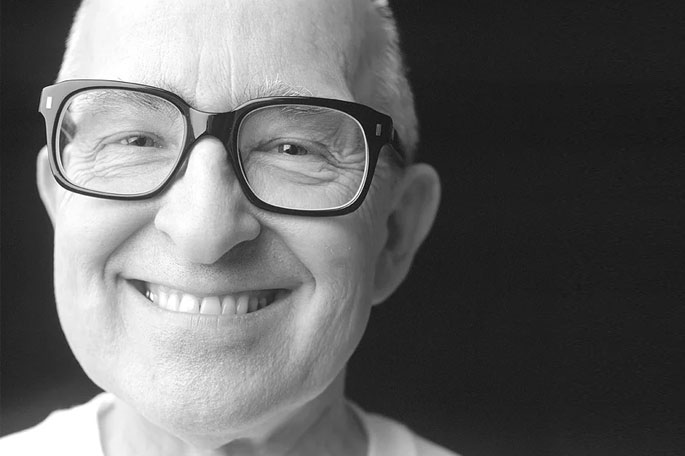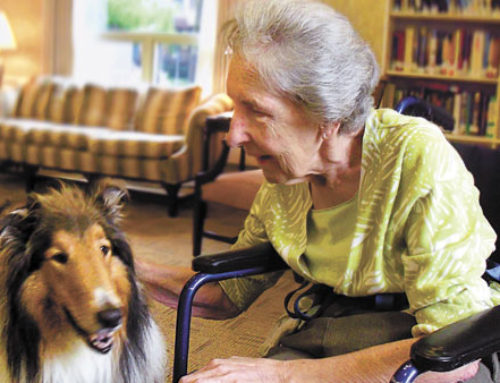Ageism is the only ism most of us will experience. All my friends are lamenting about the transition to age related sight and the need for readers. I suppose in the next couple of decades we will have accepted our diminished eyesight and the conversation will revolve around dementia, and finding our prized readers!
Dementia is not the name of a disease, but a cluster of symptoms such as difficulty managing money, getting lost in familiar places, loss of initiative, problems with language, confusion and decreased judgment. Dementia means there is a global change in brain function, with more than one area being affected. The good news is, Dementia is not a normal part of aging. However, Alzheimers disease is a type of dementia that is a chronic disorder impacting 4.5 million people in the US, a statistic proposed to double by 2050.
Alzheimers disease usually occurs in individuals who are 60 years old and older. Starting at age 65, the risk of developing the disease doubles every five years. By age 85 years and older, between 25 and 50 percent of people will exhibit signs of Alzheimers disease.
Architecture, viewed as an envelope or a skin that is interactive plays a primary role in aiding dementia symptoms. Enhanced with dementia, the gait velocity slows which creates more shuffling and a high risk for falls. Fifty percent of people that fracture a hip die in the first year. Postural sway and static balance are controlled with a good grade of commercial carpet which also serves to cushion falls. This is also a dictate for integral rugs, low pile, matte finish flooring and an understanding of transitions and grab bar aids that do not look or feel institutional.
Light and dark cycles or Circadian rhythm are integral to body mood and function. Designing an envelope that optimizes daylighting, particularly in the early morning, has shown to reduce activity and agitation levels and sundowning with this population.
Wayfinding (how one finds their way in a building or campus) utilizes intuitive cues as Dementia steals the cognitive map. Finding solutions such as dutch doors into units in congregate care or wandering paths that come back to a starting point are a few of many visual and sensory cues in the design toolkit. A new range of security products are also available to keep track of those who wander, allowing mainstreaming and a new design philosophy of integrating these cues for many mild cases of dementia.
The built environment is rich with design elements that can slow the onset of disease as well as aid in the support of an individual once the cognitive illness manifests. The more design and healthcare professionals work together to create solutions for meaningful and supportive spaces for the aging, the more our population will expect this design, as the new norm.





